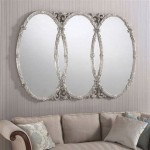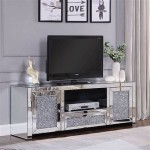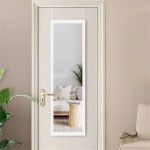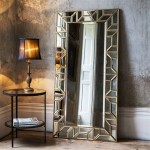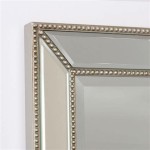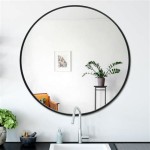Antique Metal Dresser with Mirror
Antique metal dressers with mirrors offer a unique blend of functionality and vintage charm. They represent a specific period in furniture design and manufacturing, often showcasing intricate details and robust construction. Understanding their history, construction, styles, and proper care can help collectors and enthusiasts appreciate these pieces fully.
History and Evolution of Metal Dressers
Metal furniture, including dressers, gained popularity in the late 19th and early 20th centuries. Initially, iron was the primary material, later supplemented by steel and aluminum. The rise of industrialization made metal production more efficient and affordable, leading to its increased use in furniture manufacturing. Early metal dressers often featured decorative elements inspired by popular design movements like Art Deco and Victorian styles. These pieces were favored for their durability and resistance to pests, making them a practical choice for many households.
Construction and Materials
Antique metal dressers typically feature a sturdy frame constructed from cast iron, steel, or, less commonly, aluminum. Cast iron pieces are often heavier and more ornate, while steel dressers tend to be lighter and may have simpler designs. The metal frames were often treated with enamel or paint for both protection and aesthetic appeal. Drawers might be constructed from wood, metal, or a combination of both. Mirrors were typically integrated into the dresser design, often framed with the same metal as the dresser itself, and backed with either silvered glass or, in later examples, mirrored glass.
Identifying Different Styles
Antique metal dressers encompass a variety of styles, reflecting the design trends of their respective eras. Victorian-era dressers often featured elaborate cast iron ornamentation, including floral motifs, scrolls, and intricate detailing. Art Deco pieces showcase geometric patterns, streamlined silhouettes, and the use of materials like chrome and nickel plating. Industrial-style metal dressers emphasize functionality and minimalist aesthetics, often featuring exposed rivets and unadorned surfaces.
Assessing the Value of an Antique Metal Dresser
Several factors contribute to the value of an antique metal dresser. Rarity plays a significant role; less common styles and manufacturers command higher prices. The condition of the piece is also crucial. Dressers with original finishes, minimal damage, and all original hardware are more valuable than those that have been heavily restored or damaged. Provenance, or the documented history of ownership, can also add to a dresser's value. Finally, the overall quality of craftsmanship, including the intricacy of the design and the materials used, influences the price.
Caring for and Restoring Antique Metal Dressers
Proper care is essential for preserving the beauty and value of an antique metal dresser. Regular dusting with a soft cloth is recommended. Avoid using harsh chemicals or abrasive cleaners, which can damage the finish. For stubborn dirt or grime, a mild soap and water solution can be used, followed by thorough drying. If the dresser has a painted finish, avoid placing hot objects directly on the surface, as this can cause discoloration or bubbling. For significant damage or restoration needs, consulting a professional furniture conservator is advisable.
Identifying Reproductions and Fakes
The increasing popularity of antique furniture has led to the production of reproductions and fakes. Careful examination is necessary to distinguish authentic antique metal dressers from later copies. Examine the construction techniques, materials, and hardware. Reproductions often use modern screws or fasteners that differ from those used in antique pieces. The finish can also provide clues; modern paints and finishes often lack the patina and wear characteristic of antique pieces. Researching manufacturers' marks and labels can also help determine authenticity.
Displaying and Incorporating Antique Metal Dressers in Modern Interiors
Antique metal dressers can be incorporated into a variety of interior design styles. They can serve as a focal point in a bedroom, adding a touch of vintage elegance. In a living room or dining room, a metal dresser can function as a sideboard or storage piece. Mixing antique pieces with modern furniture and decor can create an eclectic and visually interesting space. Consider the dresser's size, style, and finish when choosing its placement and surrounding decor.

Original Vintage American Industrial Brushed And Sanded Metal Simmons Dresser With Tilting Mirror

1920s 1930s Metal Dresser With Mirror

Vintage Steel Dresser With Mirror At 1stdibs Metal Antique

1920s 1930s Metal Dresser With Mirror

Stunning Vintage Metal Dresser With Tilting Mirror

1930s Industrial Metal Dresser With Original Mirror American Furniture Steel

Highly Desirable Early 1930 S American Industrial Refinished Pressed And Folded Sheet Steel Simmons Lowboy Dresser With

Antique Metal Hospital Dresser Antiques By Owner Collectibles Craigslist

1940s Metal Industrial Furniture Dresser Bedroom Loft Beveled Mirror Singapore

1940s Simmons Steel Highboy Dresser With Mirror Chairish

